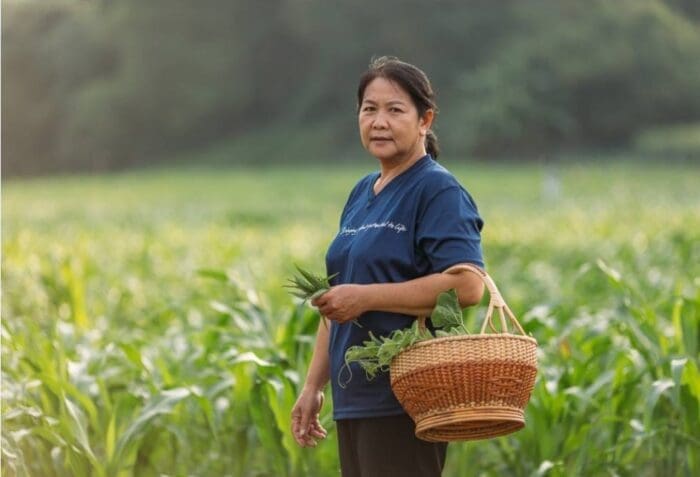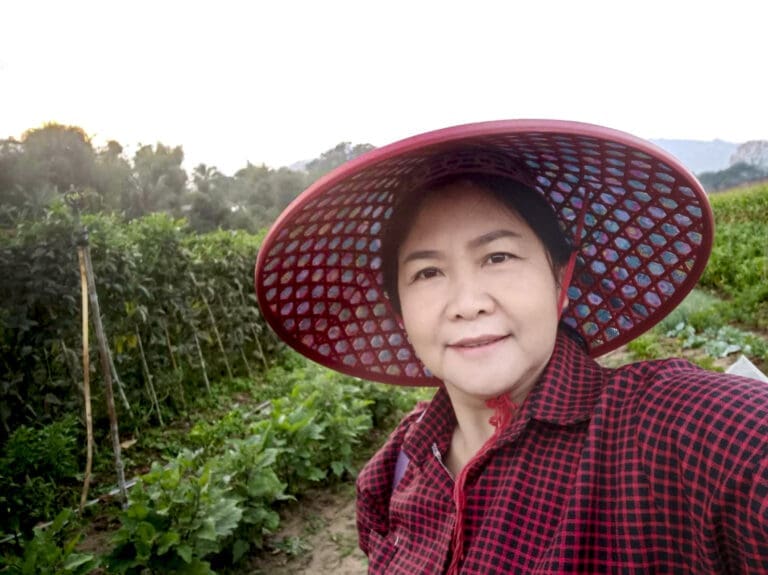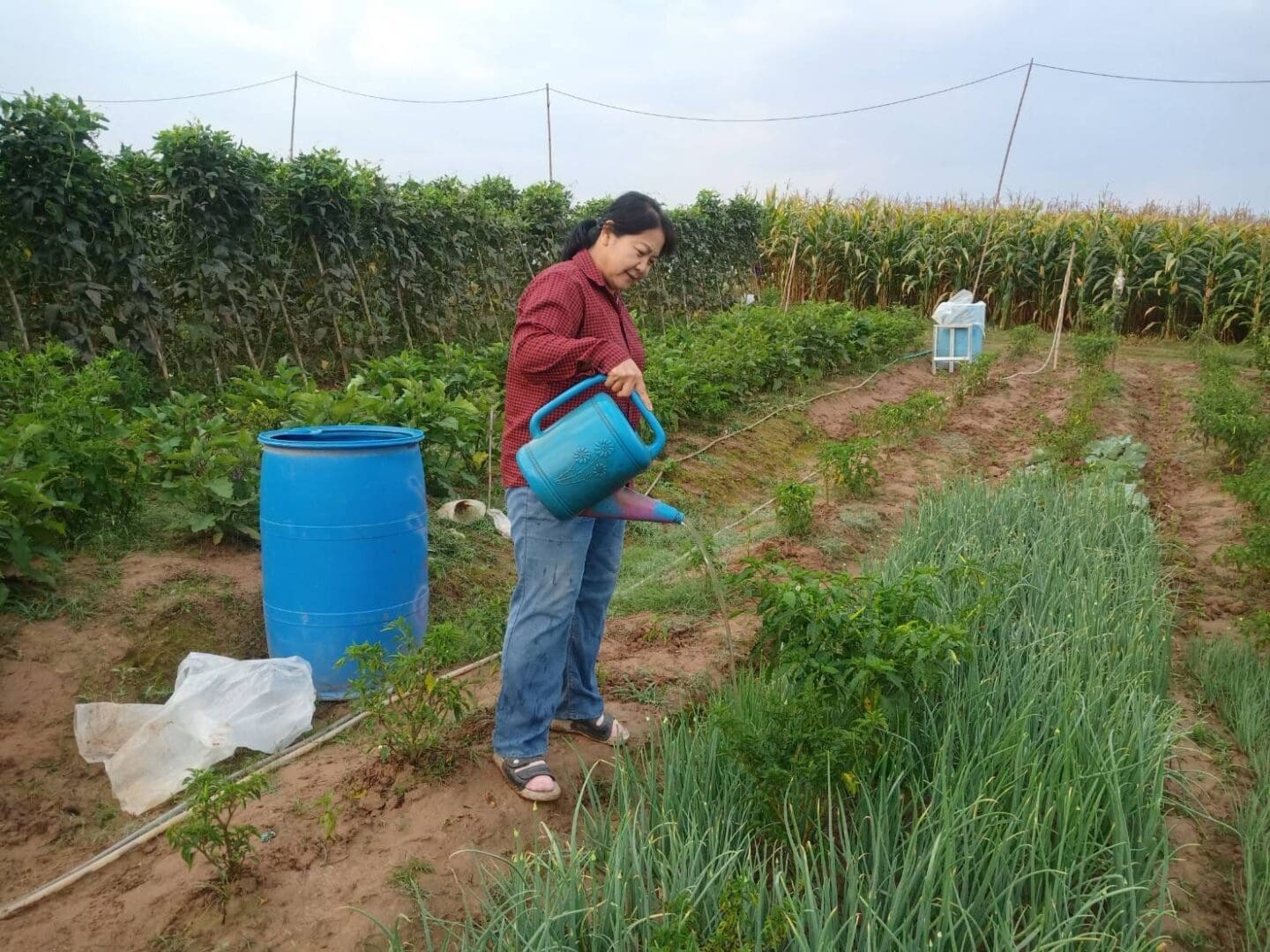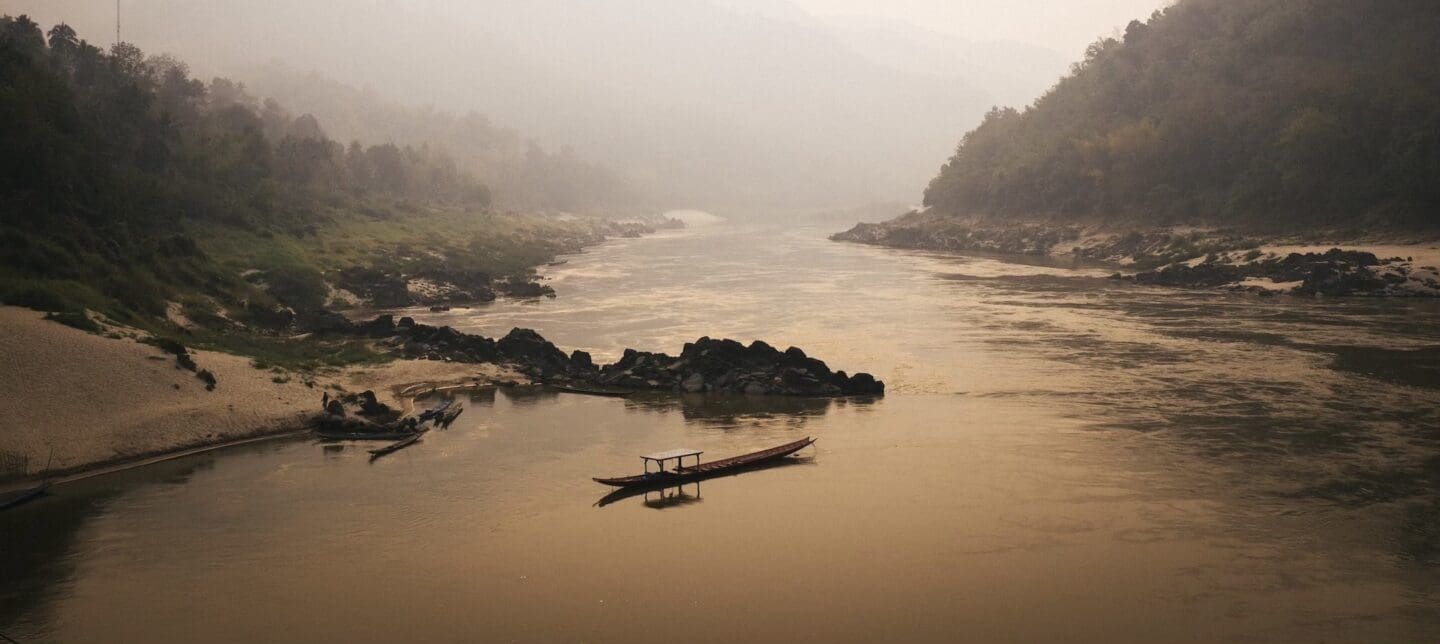Within the Mekong story lies a reminder: even as the world races toward renewable energy sources, it must pause to engage with frontline communities, and to assess unintended consequences that impact livelihoods, food security, and social welfare.
Mekong: A Farming and Fishing Lifeline
Stretching more than 3,000 miles, the Mekong begins in China and passes through or borders Myanmar, Laos, Thailand, Cambodia, and Vietnam before merging with the South China Sea. Its transboundary nature raises particular challenges. The river is a farming and fishing lifeline for many of the more than 65 million people residing in its basin.
It has been important to Narissara’s family for generations.
“My great grandparents were traders from Laos who crossed the Mekong back and forth regularly before settling here,” she said.
Life began to change with the construction of a series of hydropower dams upstream in China, and has worsened with reduced rainfalls and hotter temperatures triggered by an altering climate.

Once, her father was attuned to the river’s seasonal patterns, aware of the prime spots and timing to secure fish, small shrimp, or frogs. He would sell the larger catches, while modest ones served as staples for their household.
But the dams scrambled those patterns by altering natural hydrological flows which usually serve as a trigger for fish migration. As the river’s fish populations dwindled to an alarming degree, fishing lost its viability, and Narissara’s father stored away his nets.
And the banks where her mother tended to seasonal vegetables during Narissara’s childhood have eroded over time, due to heavy rainfalls, changing water flows, and dams trapping sediment that normally would be carried downstream. Rock embankments have been built to try to prevent further erosion, which stabilizes the banks but means it is no longer possible to grow vegetables there.
“For more just and equitable outcomes, we must incorporate meaningful public participation into decision-making in the energy sector,” said Ming Li Yong, currently a Fellow at the East-West Center who researches transboundary water governance in the Mekong River Basin.
More Public Participation for Greater Equity
Narissara grows corn on family land above the river on the plains. “It used to be that my land stayed moist from the level of the Mekong, but no more. Now I rely only on rain to water my crops,” she said. “And for the last two years, we’ve had drought. So I lost all my corn.”
She has worked on conservation issues for nearly a decade. “We are a small village, but we have to share our experiences and keep learning how to conserve and protect,” she said.

But even if more climate-smart practices are embraced, the old way of life in Pak Ing Tai Village is gone, she said.
“My daughter is 16 now, and she won’t farm,” Narissara said. “I don’t want her to. I’m investing in her education so she can get a job in the city. More and more people will do that. The village will have to adapt.”
More from this series
Myanmar: How to Prioritize Climate Change from an Active Warzone
Tending to Climate Change in a Warzone: “Even in a moment of pressing humanitarian needs, we need to identify climate problems and actions.”
READ MOREIndia: A Forest Dweller Fights for Indigenous Rights to Traditional Lands
An Indigenous Woman Fights for Her Community: “For others, a forest is just trees. For us, it is life.”
READ MORE
